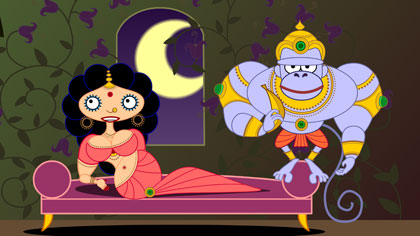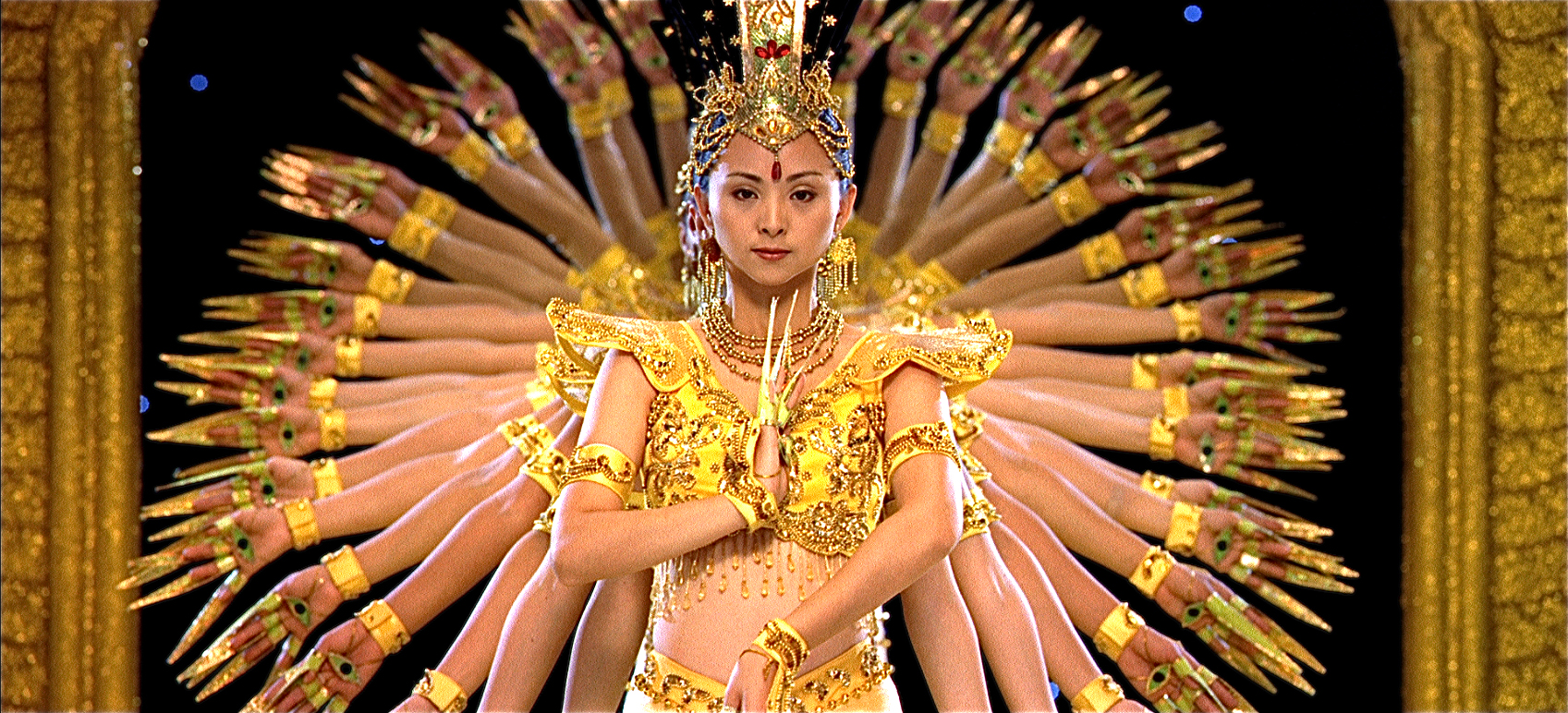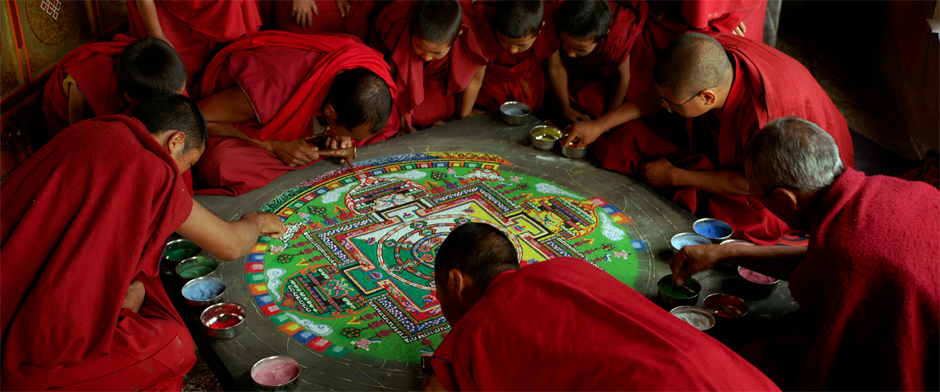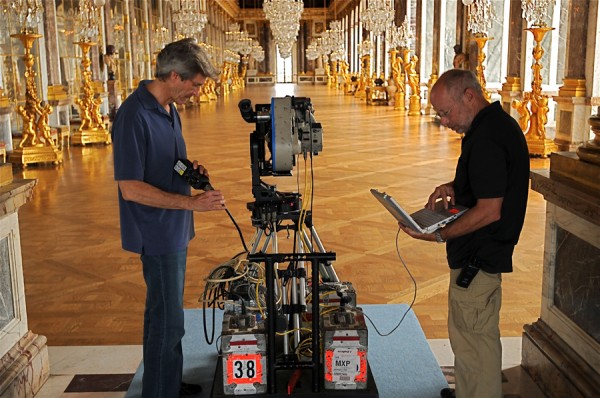[tabs tab1=”Intro” tab2=”BACKGROUND” tab3=”THE FILM” tab4=”MESSAGE” count=”4″]
[tab_first]
“A Liar’s Autobiography: The Untrue Story of Monty Python’s Graham Chapman” featured at the 2012 TOKYO INTERNATIONAL FILM FESTIVAL (TIFF) in the World Cinema category.
This 3D animated dramedy, loosely based on Chapman’s autobiography, was directed by a triumvirate of directors Bill Jones, Jeff Simpson and Ben Timlett, and produced by London company Bill and Ben Productions. Although not a Python film in essence, it does feature all but one of the remaining Pythons (Idle being absent). Making use of Chapman’s own recorded voice before he passed away from cancer, the film used 14 animation companies, and welcomed collaboration not only from the Pythons but also from the likes of Cameron Diaz cameoing hilariously as Sigmund Freud’s voice.
A rollercoaster of diverse animation styles following extracts from Chapman’s memoirs, the film takes you on a very up and down journey, sometimes tragic and sombre, sometimes laugh-out-loud bonkers.
In the Japanese press screening, everyone for the most part kept very quiet throughout the film, with only myself and one other foreign press member caught several times giggling and spluttering. Loaded with comedy sex scenes, commentaries on homosexuality, and giant phalluses floating around the screen – all in 3D, mind you – it left me wondering how the Japanese were going to receive this one. It turns out that it wasn’t with disgust or disdain that silence prevailed in the theatre, but more a sense of awe which had struck the press population. It certainly kept them all awake – always handy during a film festival.
I meet one of the three directors Ben Timlett at a festival party and get chatting about all things Python and Tokyo. It turns into another great excuse to explore the city and bond with a fellow Brit over tea purchased from a conbini in the wee hours of the morning when nothing else is open. This interview, however, took place in an actual office – well a room with fake walls.
[next]
[/tab_first]
[tab]
So, tell me how you know your colleague Bill Jones and how you got into film.
Basically, I grew up with Bill jones, who is Terry Jones’ son. We met when we were 4 and we instantly became Bill and Ben, so we were lucky to be surrounded by film, which was influencing us as we grew up. Bill had many au pairs – he was a bit richer than my parents and it was brilliant for my parents to just leave me and my brother (me mostly) with Bill’s au pair. So I spent a lot of time at the Jones’ over the years. And all our families would go on holiday together. So, we’re very close
So it wasn’t an intimidated thought at all to go into film?
It’s hard not to be influenced by it. Bill’s dad feels a bit guilty about that. My brother is an academic, and he’s always more interested in what my brother has to say! No, I’m just being modest… I think in a sense, he feels better about my brother doing something else. And Bill’s sister Sally is an artist, so they did other things. But yeah, Bill and I found our way into film
How important do you think it is to the filmmaking process to have chemistry, not just in friendship, but on the production side of things and when you’re working with people on set?
It’s a really important part of it. There’s a professional etiquette that goes across the whole crew. You don’t necessarily have to ‘click’ but you can get the work done. When you’re working creatively as a creative team, you need to get on, you need to be bringing stuff to it, and be respecting each other.
So, you grew up together and started making films together. What kind of films were you into?
As kids, we grew up making mostly pastiches of stuff like “Alien” and “Predator.”
Ah, YouTube wasn’t around then – what a shame…
Yeah, we were definitely influenced by all that shlock stuff – anything violent with guns, one-liners…
Do you still make any parodies, these days?
No, but our greatest achievement as teenagers was when at 15. We made a film all our mates were in. Just when wheelie bins arrived, we made a film called “Attack of the Wheelie Bins” and it was a huge hit with our mates! We had a big premiere at Bill’s house. I subsequently heard that people had copied it and were showing it in Oxford – someone said they’d seen it at an Oxford film club…
The guy I made that with a guy called Matt Baker actually works for the company HanWay and works for Jeremy Thomas now, so he’s a proper filmmaker – the real deal.
Looking at the films you’ve worked on, you seem to have a real passion for music, but are you more into film these days?
It’s difficult for me to talk about my passion for music. I lucked in to working on a couple of really interesting music documentaries. It was purely just by chance that I got the opportunity to work on them. The reality of it was that the punk stuff was something I learned far more about while making the films, and that was the most exciting thing. It’s not like I thought I knew everything – actually very little in reality, I discovered. It was a brilliant opportunity. That’s the great thing about documentary: if you think you know a lot about it, then you’re probably the wrong person. Sometimes you can really discover a subject and delve deeply into it, without necessarily having to be a world expert.
[previous] [next]
[/tab]
[tab]
Moving on to the subject of Python, it’d be difficult to do all the work you’ve done without having some love of Python, but has doing the TV series and the film led you to discover elements of Python that you hadn’t noticed before?
Absolutely. I can’t really define it. It’s culturally definitely part of Bill, and it’s culturally part of me, throughout our lives. When I started doing the documentary series, I didn’t watch all the original TV series, I tried to stay a little bit separated from it. It’s funny because my editor at the time watched everything and I really wanted to see what she picked out and what stuff appealed to her. And we did that with the other editor as well. Sometimes that’s much more interesting. I had the things I remember and grew up with, but it was much more interesting because she picked things I wouldn’t pick out.
How would you explain to people not in the know what made Python so groundbreaking, and it represented a unique period of British comedy history?
It’s the fact that it’s just so silly at times – that can appeal to anyone. That’s why Benny Hill is a huge success in so many different countries. What the Python’s managed to is to inject some very clever intellectual, political views in some ways. In fact it was apolitical, not political, but they managed to make a point with it and that is the hardest thing of all. If you can make people laugh until they cry and make a point, you’re doing something exceptional. I think “Life of Brian” is the greatest achievement of that. But the only other film which I love that much that makes a point is “Trading Places” because it has a point to make but it was so funny and so clever. I think it’s the hardest thing to do, and they pulled it off.

Your new film “A Liar’s Autobiography” based on Graham Chapman’s memoirs is already raising some eyebrows even among the press. In the production process, was there ever a moment when you felt the film had gone too far?
I wanted to push it! The moment it went too far was when my wife censored it. She’d had enough. When she watched a version in animatic form where the composers John Greswell and Christopher Taylor had done their temp version of “Sit On My Face” for the scene we scripted where the moustachioed cleaner bursts into the room and sings, he sang in their version “Sit on my face, baby Jesus,” and my wife being a Catholic said, “That’s it!” So we gave her a credit on the film as “religious advisor.”
So that was your moral line at that point!
It got a 15 rating in the UK. What people don’t realise is it’s a box-ticking exercise and actually there isn’t that much if you do the box-ticking. It also got an R rating in America. It’s funny, I had a big debate with an American who said it would only get NC17 and that we’d never be able to get it as an R, but I said, “Listen: it’s just box-ticking.” And it got an R rating. Maybe it’s just how it makes you feel at the end of it!

I love how Cameron Diaz is the voice of Sigmund Freud. She has a big passion for Python, but how did this come about?
We had the idea of having a gratuitous guest star arrive in the voice of Sigmund Freud, and I thought wouldn’t it be funny if it was Al Pacino, but then Bill reminded me that Cameron wanted to do the TV series but the schedules didn’t meet. So we wrote her an email and she said yes!
That’s really impressive. And how did the Americans react when you told them you got Cameron Diaz?
They were happy! She was great and she really threw herself into it. She got the joke, and I love it throwing off the audience.
Getting to the production side of the film, you had to coordinate a lot of animation for the film.
My animation producer is Justin Weyers, who’s a small Australian who doesn’t sleep – and that came into great effect when he was dealing with the film. He was just amazing, because not only was he having to deal with the fact that all these companies use different processes, he was also effectively training them to make their work in 3D. He was just incredible, the amount of work he put in. And then I remember him telling us he wanted to do a section. He was overseeing all the companies for us, but then he also wanted himself to do a part of the film, so he did “Biggles.” I think it almost killed him – he took on too much, he admitted it. He’s incredibly talented.

What would you say to the Japanese audiences who may possibly feel overwhelmed by the visual content?
Well, I’ve watched some anime that is more overwhelming than this! I’d be very interested to see how it squares up against what I remember watching as a kid…
And what would you say to fans of Python who will see this film?
The first thing to remember is that this is not a Python film, it’s a Graham Chapman film – it’s his writing, his performance, his narration. And I think the main thing is to just sit back and enjoy it.
And there’s a lot to learn about him through the film as well, about his alcoholism and homosexuality…
It’s all in there, in a sense. He’s constantly trying to self-psychoanalyse himself. That’s all the Freud stuff, and that’s why the psychiatrist keeps turning up at the end. He’s basically struggling to work out who he is, and I think he did his whole life. And there are certain things which are just props to avoid people finding out.
There are different layers in the film, definitely…
Yes, just like there were different layers to him. His pipe was a layer – it was a way of avoiding being asked difficult questions, of looking intelligent.

[previous] [next]
[/tab]
[tab]
What message of advice would you pass on to filmmakers based on your experience?
In my limited experience, I’d say keep making stuff, don’t sit in your bedroom for 2 or 3 years writing your greatest screenplay, keep making shorts, keep doing things, keep editing – it’s the only way to learn.
People I’ve seen who’ve really grown into filmmakers are the ones who just every year do 2 or 3 things whether they’re small or big, on their own dime sometimes. And try not to get caught up in finding funding for your short or that nonsense – just try to do 2 or 3 things a year. And collaborate as well.

[previous]
[/tab]
[/tabs]








